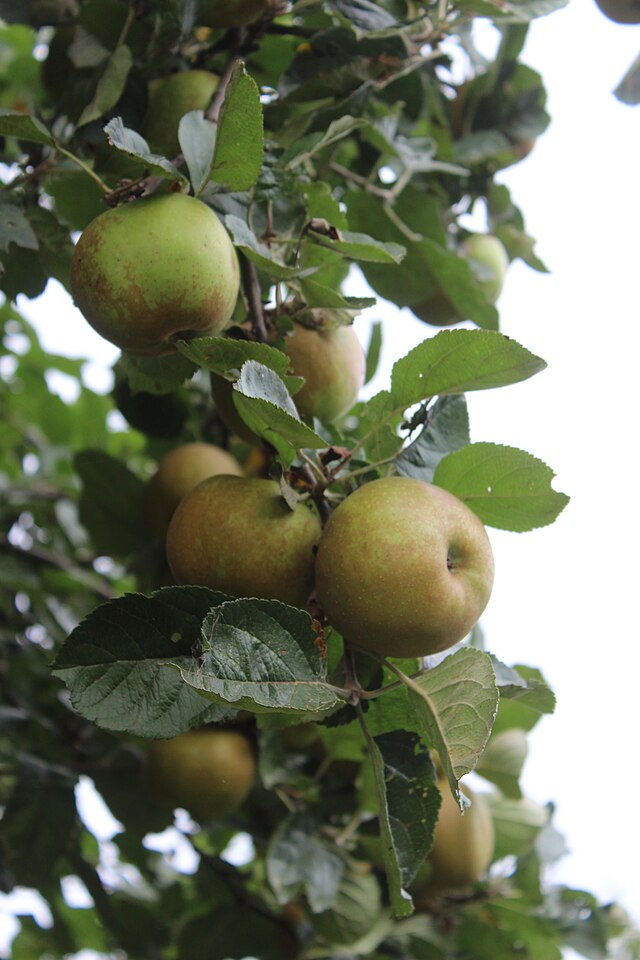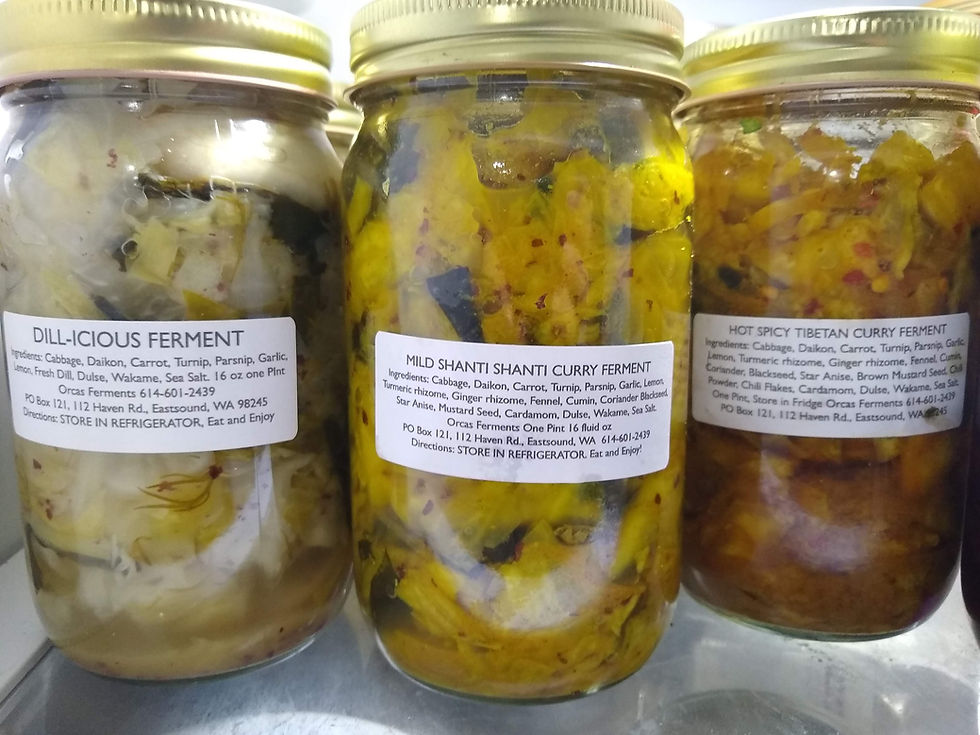Gardening Bootcamp - 8 Beginning Mistakes That Will Cost You
- Wolfy
- Sep 8
- 3 min read
From bad plant choices to deer raids, here’s what sinks most first-time gardens.
I ran into a friend the other day who said he was “getting into gardening.” He wanted advice, so I gave it to him straight. Not the Pinterest version, not the pretty-plant daydreams—just the hard truth. Gardens don’t usually fail because people stop caring. They fail because people start wrong. They make the same eight mistakes over and over, and then wonder why their tomatoes collapse, their apples rot, and the deer eat everything down to sticks.
So here it is—the bootcamp version. Eight beginning mistakes that will cost you. Learn them, dodge them, and maybe your garden will actually make it past year one.
1. Planning and Design
This one should be obvious, but most people skip it. You need to know what goes in, why, where, and when. More than that, you need a defensive strategy. Most gardens don’t collapse from laziness—they collapse from unpreparedness. Defensive Gardening flips the script: plan for the risks before they happen. Fungus, deer, voles, drought, even junk from the nursery—every one of them is a potential failure point. Choose the right species and rootstock, give your plants breathing room, diversify your varieties, prune with intention. Don’t gamble with nature. Design for resilience.
2. A 20-Foot Hose Is Not an Irrigation System
Planting in fall feels easy. Winter and spring water themselves. Your twenty-foot hose seems perfect—you even enjoy the ritual. Then comes summer. Suddenly you’re out there every day, sometimes twice. You can’t skip a day, can’t leave town. The kid you hired ghosted. The irrigation guy laughed when you begged. Now even the rosemary is crisping. The ritual is gone. The struggle is here. A hose is not an irrigation system.

3. Bad Species Selection
You thought bananas and avocados would bend to your optimism. You mulched, you climate-hacked, you whispered encouragement. Then one frost and they’re gone. They don’t belong in your West Seattle ecology. Select what fits your place, not what flatters your ego. Enjoy the grocery store avocado like everyone else and save your soil for something that will actually thrive.
4. Wrong Placement (Shade vs. Sun)
You picked the right species, but then ignored its needs. Shade-lovers got fried, sun-hogs pouted in the understory. Why? Because enthusiasm outran observation. Plants aren’t negotiators. Don’t argue with them. Put them where they want to be. Read that tag and do it.
5. Overbuying
Yes, you can rescue those clearance-rack plants—for a while. But no, you don’t have the space or the holes dug. They sit in pots, they dry out, they die. Nurseries love you. Your plants don’t. A trunk full of saplings with nowhere to go is dead inventory. If you absolutely must buy extras, “heel them in” to sawdust or soil and keep them moist. But better yet, resist the urge and stick to your design.

6. Your Dreams Are Too Big
A two-acre food forest on day one? You’ll drown in weeds, wheelbarrows, and regret. Ecosystems aren’t built in a weekend. Start with a single guild around an anchor tree. Learn how the layers interact. Expand only when you’ve got rhythm. Even a vegetable patch needs a schedule. Hint: irrigation goes in before seedlings.
7. Messy Maintenance (Disease and Pests)
November hits and the zucchinis are rotting in place, apples carpeting the ground, tomatoes collapsing into mush. You tell yourself it’s compost in place, nature’s model. Wrong. It’s a buffet for voles, bacteria, and fungi. Clean and winterize. Pick up the fruit. Pull the dead plants. Don’t let your neglect invite an infestation.
8. Skipping Predator Protection
Deer don’t just eat—they destroy. They rake their antlers, girdle trunks, and leave springtime graveyards. The first infrastructure you need isn’t a raised bed or a trellis. It’s a fence. Six feet minimum, with rabbit guard sunk a foot underground. Without it, your “food forest” is just a salad bar for wildlife.

Gardening isn’t a hobby you buy at the nursery—it’s a discipline you build in the dirt. Skip the plan, plant the wrong thing, or underestimate the pests, and the garden will teach you the lesson the hard way. But if you dodge these eight beginner mistakes, you’re already miles ahead of most people with a shovel. Start small, design smart, and fight dirty when you have to. That’s how a garden survives. That’s how it pays you back.




Comments